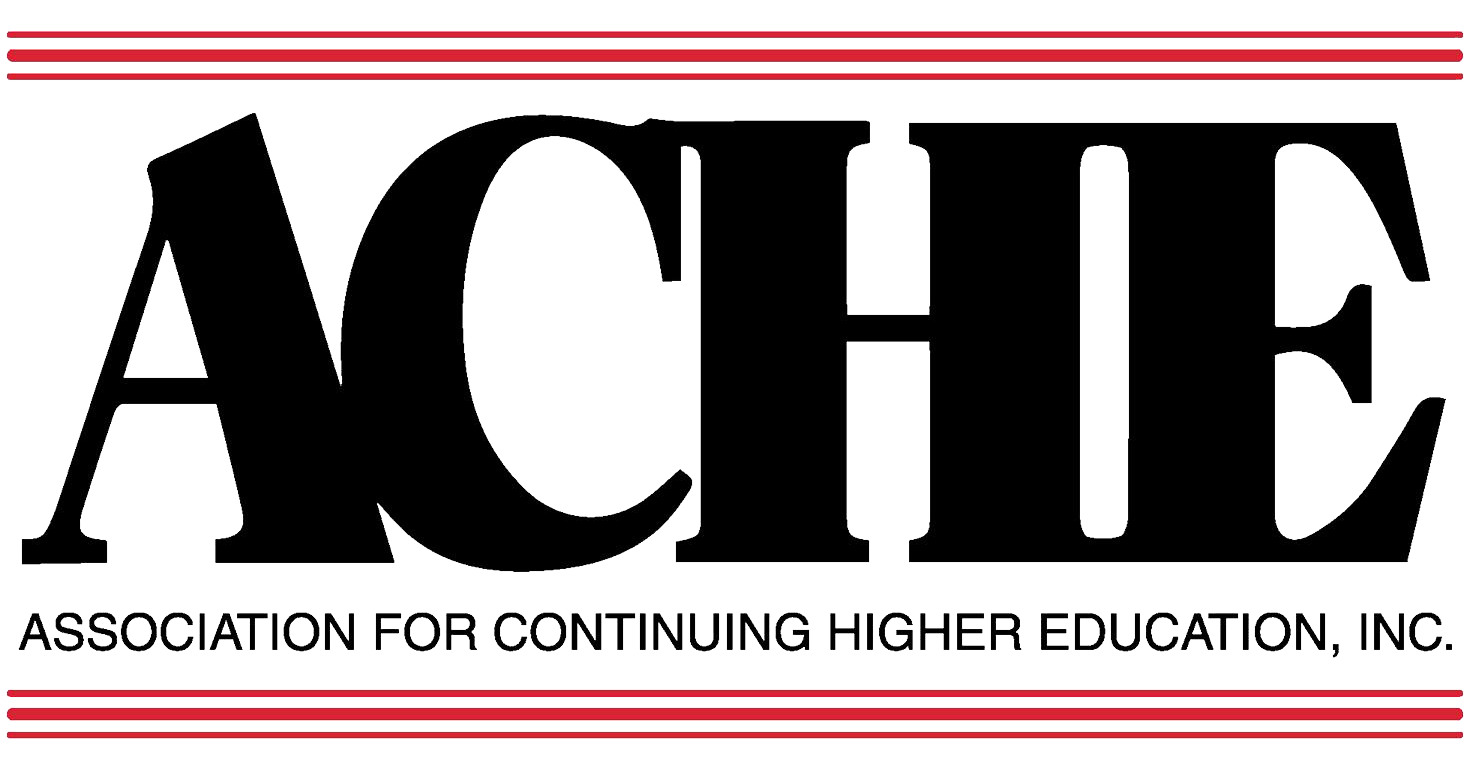March Madness & the Adult Learner - 2021 Edition
In 2019, I wrote a short piece for ACHE’s five minutes titled, March Madness and the Adult Learner. At the time, I hoped the piece would become an annual tradition for the Association. This tradition, like so many others, was a victim of the global pandemic. As a reminder, the 2019 piece was inspired by my own family’s bracket tradition. In previous years, our tradition included a family meal the day after the selection show where we spent time putting our basketball knowledge to good use as we completed our individual brackets. The family member who wins the bracket pool gets two highly coveted prizes; their name on the Johnson Family Bracket Trophy and the privilege of choosing the location of the selection meal the following year. 2020 took our family tradition away as well and we engraved COVID-19 on the Family Bracket Trophy last year.
That’s why I’m so excited to revitalize this tradition in both my nuclear family and my ACHE family. The Adult Learner Bracket uses IPEDS data to determine how the 64 schools in the tournament would perform if we evaluated them based upon the percentage of adult learners these institutions serve. Here’s some observations I made while completing this year’s adult learner bracket:
- At 14 of the 64 Schools in this year’s tournament, adults make up 5% or less of the entire student population.
- There is a sleeper in adult learning among the 8 schools who are playing in the First Four games. 20% of Texas Southern’s student population is 25 and over. Given their place in the East division, that mean Texas Southern advances to the Elite 8. Its closest competitor in this segment of the braket is UNC Greensboro who boasts an adult learner population of 18%.
- To make it to the Sweet 16, an institution’s percentage of adult learners had to be in at least double digits. At the lower end of the spectrum, Drexel University’s adult students represent 10% of their overall population.
- To advance to the coveted Final Four, at least 40% of a school’s total population must be made up of adult learners. Those four institutions enroll more than 180,000 students. All institutions in the Final Four have large online course/program offerings. If you visit Grand Canyon University online, the website announces prominently that online classes begin every Thursday. 57% of GCU’s student population is 25 or over. GCU is this year’s tournament winner.
- Both schools who made it to the finals of this year’s tournament have adult student populations over 50%. Liberty barely loses to Grand Canyon in the final round (54% adult learner population), but their online presence is similar to GCU’s. Their website boasts more than 130 online Bachelor’s programs and the website includes a countdown to their next course starting date. Clearly students know that they can begin their coursework quickly if they choose to enroll at Liberty or GCU.
- On a special note, after the publication of the 2019 bracket, I received an email from a colleague who was speculating about how Purdue’s global learning initiative may effect the school’s performance in future tournaments. She was right to speculate. In 2019, Purdue’s main campus population was only 5% adult but when including the adult learners from Purdue Global and the university’s extended campuses, the percentage of adult learners rose to 15%. This year, Purdue’s total adult learning population tops 40,000 students. That means 2 in five Purdue students are 25 or older. They earned their way to a Final Four finish a significant advancement from their top 32 finish in 2019.
If you are wondering how your school faired in the adult learner bracket, you can see the full results below. Also, I can’t be responsible for any wagers you may make based on the bracket below – my adult learning knowledge far outweighs my basketball IQ.
Sincerely,
Amy Johnson, ACHE President

